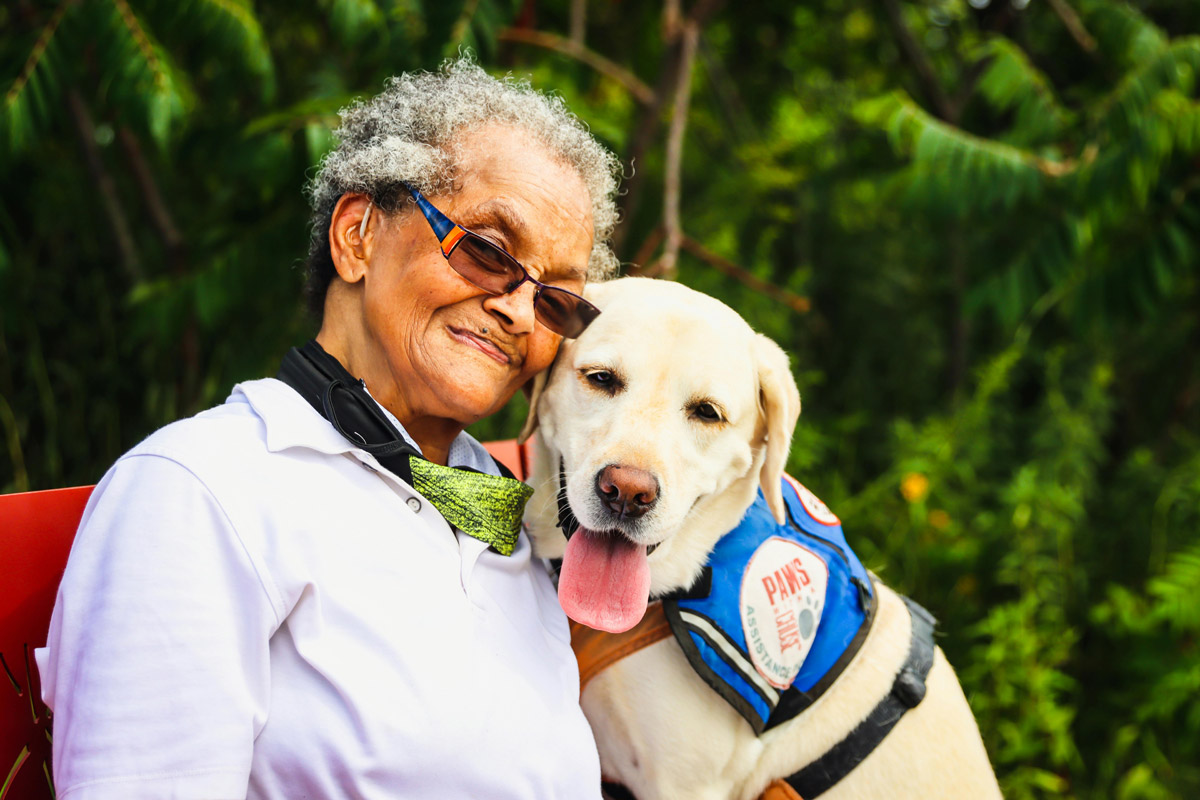
As the grim reality was setting in on Election Night, I thanked dog that I had my rescue pup My Guy right there beside me. The little floof looked over at me like, “Why so sad? I’m here so everything is happiness,” and I credit him with getting me up and moving the next day. So while he’s basically acting as my emotional support dog right now, I do realize that he’s not actually a service dog. But if I’d had any doubts, The Washington Post just spoke to some scientists about what traits make for good service dogs, and yeah… now I’m officially certain that My Guy wouldn’t make the cut. And he’s not alone, as nearly half of dogs who train to be workers don’t make it through the course (which can cost $25K!). That, along with the fact that people can wait up to five years for a needed support dog, helps to explain new research being done to identify a behavior model early in puppyhood.
Different breeds of working dogs: A service or assistance dog has a one-on-one relationship with its human, whether the dog is helping a physically disabled person or someone coping with mental health issues such as post-traumatic stress. Detection or search dogs, on the other hand, locate hidden explosives, drugs or cadavers, and in some cases are trained to sniff out certain diseases. While they are connected to a handler, they are much more independent than service animals.
Searchers are independent: “If you are a dog that searches for a living, you need to be independent — you don’t always need a human for help — and you need motivation for the search,” says Brian Hare, a professor of evolutionary anthropology and psychology and neuroscience and founder of the Duke Canine Cognition Center.
Service requires self-control and independence: “On the flip side, a dog placed for service, to help somebody with a physical disability, for example, trained to open doors, pick up keys, help with the laundry — getting clothes in and out of the dryer — that dog has to have self-control and be dependent,” Hare adds. “You want them to be tightly bonded and concentrated on their person.”
There’s a ‘Puppy Kindergarten’ at Duke — for science! Hare and his wife, Duke University research scientist Vanessa Woods, are among those looking for early reliable indicators suggesting promising service dogs. In 2018, they launched Duke’s “Puppy Kindergarten,” a National Institutes of Health-funded study. They have tested 101 puppies and hope to develop a statistical model that can predict which animals will make good service dogs.
They play games with the dogs to gauge suitability: “We put a piece of kibble in an open Tupperware bowl,” Hare explains. “The dog comes over, knocks the top off and gets the kibble. Then you lock the top. Some dogs work really hard and are persistently trying to get the food on their own. That’s a really independent dog, persistent with search. Perfect for detection. Then there’s the dog quick to give up and dependent on its human,” he continues. “He immediately makes eye contact with people in the room and its look says: ‘Hey, you have a thumb — help me out here.’ The first outcome predicts a good detection dog, the second predicts a good service dog.”
Similar tests are conducted to look for good detection dogs: The scientists try to rattle adolescent dogs with huge inflatable dancing dolls or a blast from an air horn. With young puppies, they open umbrellas, expose them to people wearing “weird” costumes, or to children’s toys that move and make noise. “Do they approach and explore? Or retreat and avoid?” she says. “We want them to do the former.” … The scientists found that the better the dogs performed as puppies, the more likely they were to succeed, which suggests “that traits associated with working success are apparent at a young age,” [Lucia] Lazarowski says [research assistant professor at the Auburn University College of Veterinary Medicine, and chief scientist at its canine performance sciences program].
Not to rag on My Guy, who IS a very good boy, but this is where I knew for certain that his was not meant to be a path of service: “The scientists try to rattle adolescent dogs with huge inflatable dancing dolls or a blast from an air horn.” On recent walks, My Guy stopped short at the very loud street cleaning truck, before yelling back at it, and stopped short at an inanimate statue of a cow, before yelling back at it. Still, by dog do I love him. As for these studies, I hope this persuades some of you baby bitches out there to go into science! You could be playing with puppies testing hypotheses on canines as your work all in the name of research! Dogs have so much goodness and they just want to protect us and do very good jobs, whether it be in the private or official sectors. I’m all in favor of finding a way to make the system more efficient so that it’s easier to get the best-suited dogs into training, and so that it takes less time for a human in need to be paired with their worker.
photos credit: Provisionshots, Mart Production, Third Man and Janusz Walczak on Pexels, Mykola Miakshykov/Volodymyr Tarasov/UkrInform/Avalon

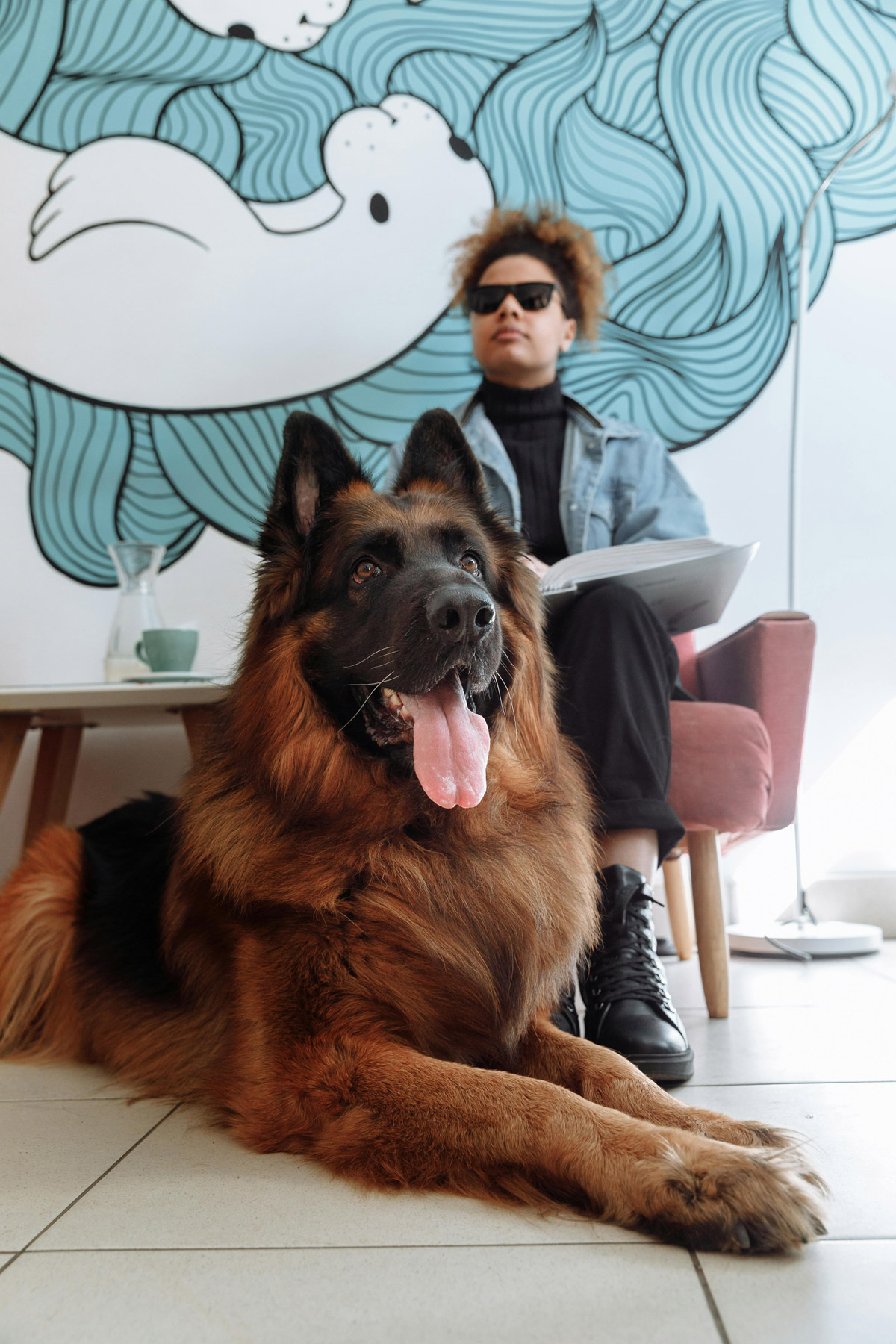
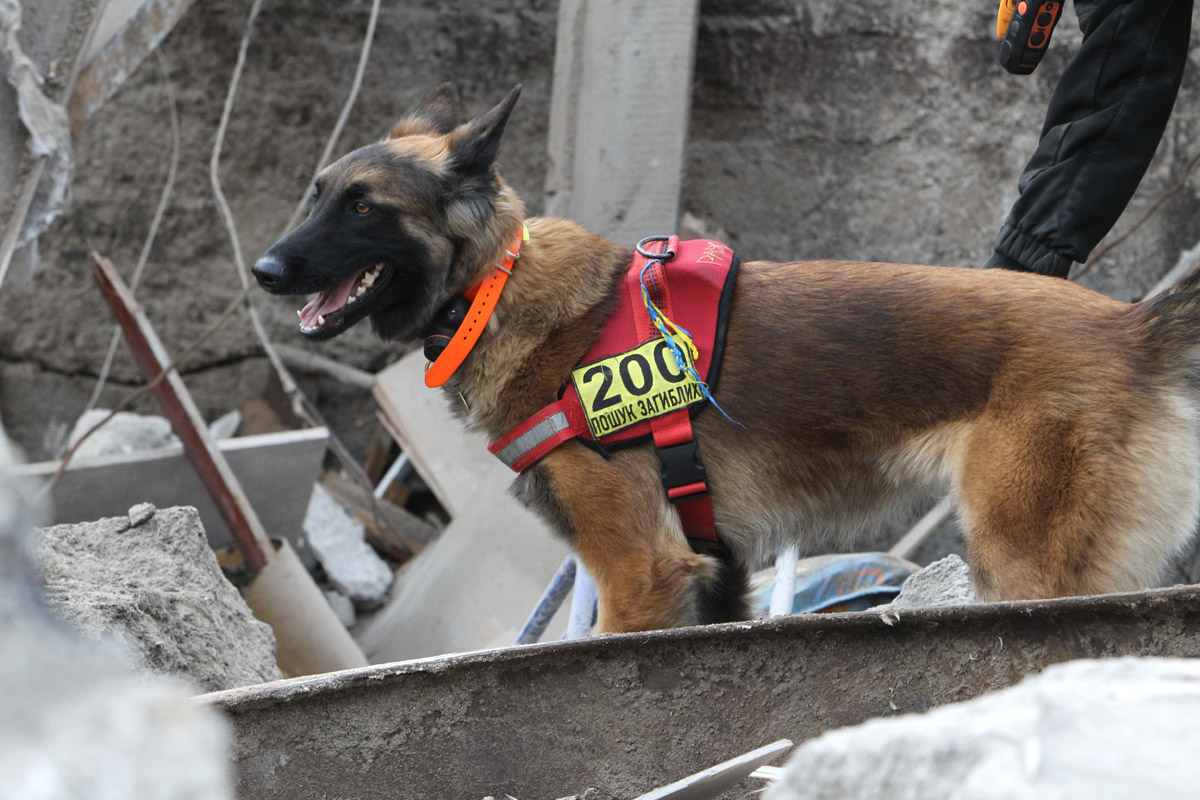
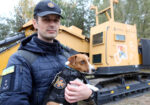
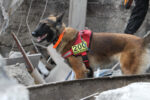
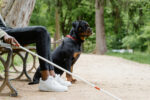
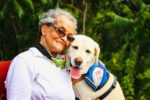

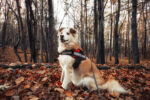










I saw a movie 4-5 years ago called “Pick of the Litter.” I don’t remember if it was on netflix or prime, but it followed six puppies through their first year of “service dog” school to see which ones graduated and which ones washed out – and why. It was very good.
I watched that too! It was very good
THIS is the article I needed today!
Me too!
My father had German shepherds, he was a dog handler as a state police officer.. when he retired his personal dog, a German shepherd had a liter of puppies my father let an institute for the blind have first choice and more than one puppy if needed. The next liter he did the same for the state police.